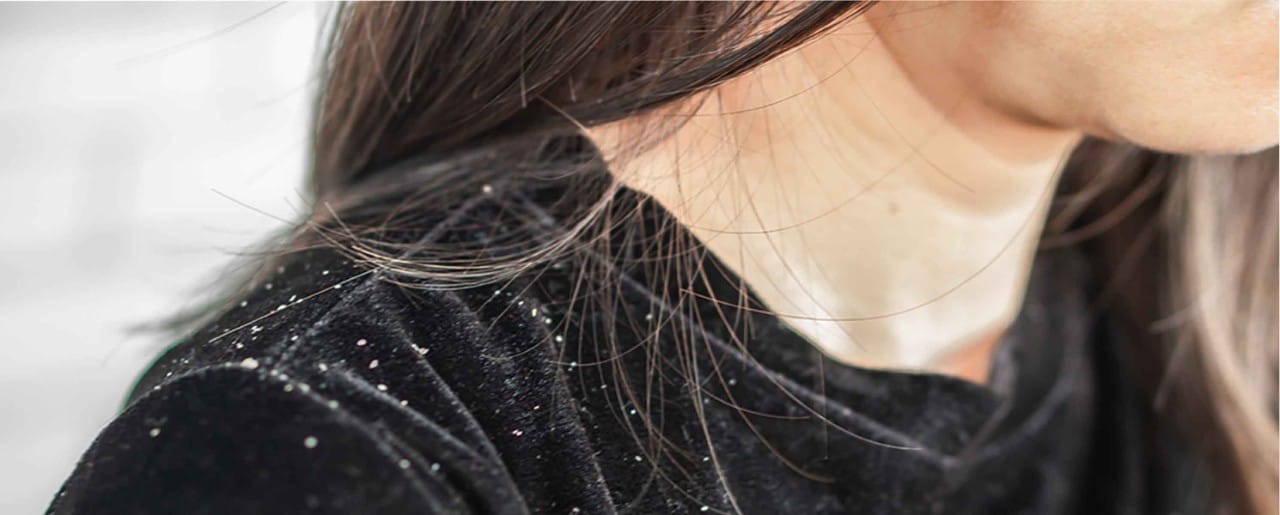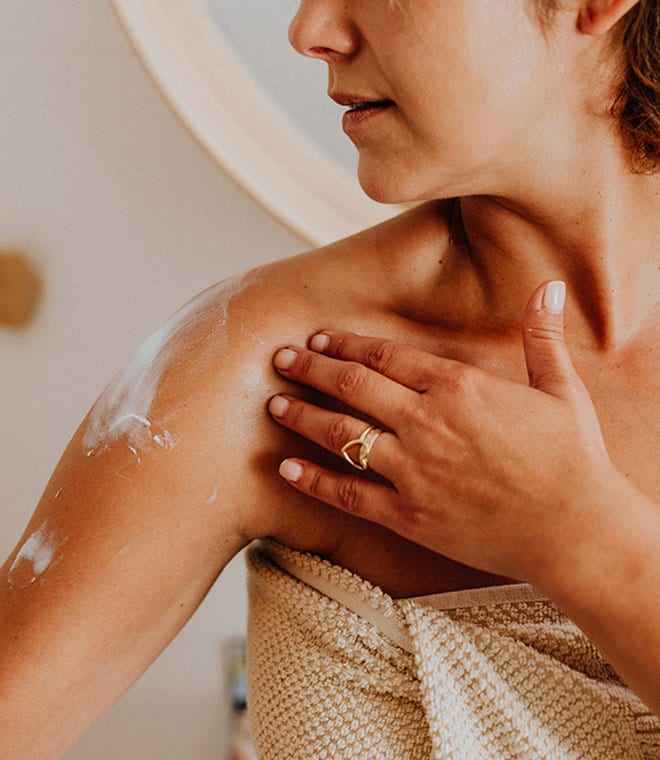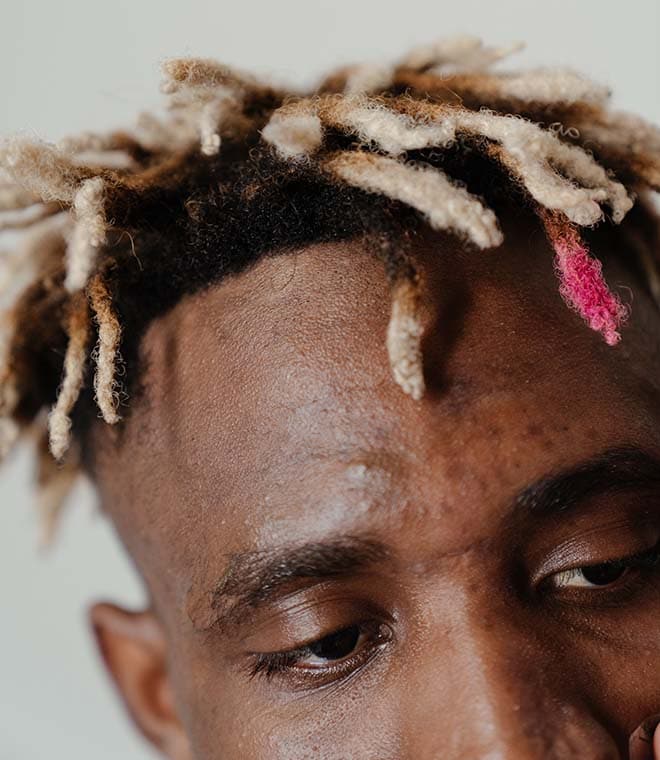Health
Dandruff: Causes, symptoms and treatment
By Anna H. Chacon, MD, Fellow of the American Academy of Dermatology May 16, 2025 • 5 min
Although dandruff is a common condition, many people don’t fully understand what causes it and what can be done to address it.
What causes dandruff?
The cause of dandruff is unknown. However, a number of factors may play a role in developing the condition. These may include:
- Irritation: When skin becomes irritated due to haircare products or general sensitivity, flakes may develop.
- Oiliness: People with high levels of oil content in their skin are more prone to dandruff.
- Hormones: Elevated levels of male sex hormones called androgens can cause greasy or oily skin, which may lead to dandruff.
- Genetics: Dandruff tends to run in families, so if you have a close relative with the condition, you’re more likely to develop it.
- Weather: Cold and dry weather can worsen dandruff.
- Stress: Although stress isn’t a direct cause of dandruff, it can worsen symptoms in some people.
A type of yeast called Malassezia can contribute to dandruff. Everyone has this yeast naturally on their skin, but it overgrows on some people, leading to dandruff on the scalp. It’s also possible to develop dandruff in eyebrows, beard and other areas.
How can you tell if you have dandruff?
The most noticeable symptom of dandruff is flakes of skin. You may be able to see them in your hair or find them on your clothing or pillow. In some people, itching accompanies the flakes.
Dandruff vs. seborrheic dermatitis
Dandruff is often a symptom of seborrheic dermatitis, which causes red patches on the skin that are covered with white or yellow flakes. Seborrheic dermatitis often causes redness and swelling on the scalp or skin, but dandruff alone does not. Dandruff can be a symptom of other skin or health conditions.
Dandruff vs. dry scalp: What’s the difference?
Dry scalp occurs when moisture levels in the scalp become depleted. You can develop dry scalp if your skin loses moisture because it’s not producing enough natural oil (sebum). Dry scalp can also occur due to exposure to harsh weather, heat from hair styling tools, chemicals in hair dyes, and other harsh haircare products and treatments.
If you have dry scalp, you may develop skin flakes and itching. It may be difficult to figure out the cause on your own, but your healthcare provider can help determine the problem with an examination.
Dandruff vs. psoriasis: What’s the difference?
Psoriasis is a chronic skin condition that occurs when the immune system attacks healthy skin, causing an overproduction of cells. As a result, skin becomes thicker, forming red patches with silvery scales. Scalp psoriasis generally occurs in small areas rather than all over the scalp like dandruff. These patches may be elevated, and they may appear raw and inflamed.
How to get rid of dandruff
Treatment for dandruff most often involves the use of over-the-counter dandruff shampoos once or twice per week. Some shampoo treatment options include:
- Pyrithione zinc shampoos: These products work by reducing bacteria and fighting the yeast that contributes to dandruff.
- Tar-based shampoos: Made with coal tar, these shampoos slow down the rate at which your skin cells die and fall off. They can discolor light hair and cause scalp sensitivity to sunlight.
- Salicylic acid shampoos: Using an exfoliating key ingredient, these treatments reduce scales and flakes.
- Selenium sulfide shampoos: Selenium sulfide is an antifungal medication that reduces levels of Malassezia. If these shampoos aren’t rinsed off completely or used as directed, they can cause hair and scalp discoloration.
- Ketoconazole shampoos: Ketoconazole is a topical antifungal medication that eliminates yeast.
Some people find that a dandruff shampoo works well at first but then becomes ineffective. Switching between shampoos may help with this issue. When over-the-counter solutions fail to fully treat dandruff, a healthcare provider can prescribe a more concentrated shampoo and/or a steroid lotion.
Explore your dandruff treatment options
Although you can often successfully address dandruff using over-the-counter shampoos, consider talking to your healthcare provider about your symptoms. They can examine your scalp to determine if the flakes are dandruff or signs of another scalp condition. They can then help you explore your treatment options and monitor your progress toward eliminating flakes.
Updated by Julie McDaniel, MSN, RN, CRNI, May 2025.
Sources:
- https://www.mayoclinic.org/diseases-conditions/dandruff/symptoms-causes/syc-20353850
- https://www.aad.org/public/everyday-care/hair-scalp-care/scalp/treat-dandruff
- https://www.aad.org/public/everyday-care/hair-scalp-care/scalp/dry-scalp-conditions
- https://nationaleczema.org/types-of-eczema/seborrheic-dermatitis/
- https://www.merckmanuals.com/professional/dermatologic-disorders/dermatitis/seborrheic-dermatitis
- https://medlineplus.gov/dandruffcradlecapandotherscalpconditions.html
- https://www.mayoclinic.org/diseases-conditions/dandruff/diagnosis-treatment/drc-20353854
- https://www.aad.org/public/diseases/a-z/seborrheic-dermatitis-overview




